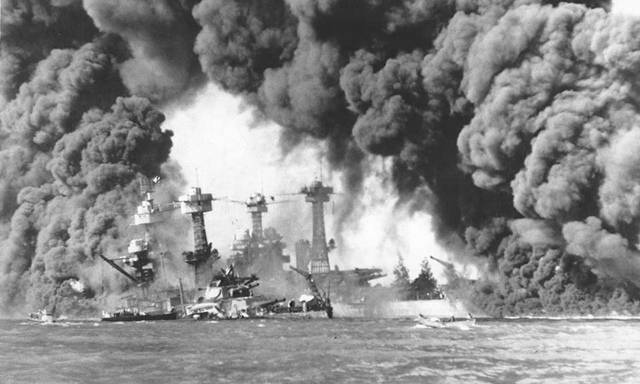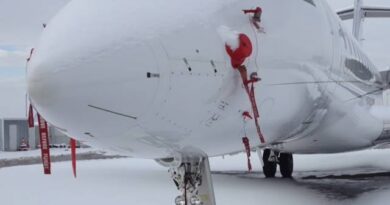Pearl Harbor’s Echoes: How a Day of Infamy Reshaped Naval Aviation
From the Flames of Defeat, a New Era of Aerial Dominance Emerged
On December 7, 1941, a devastating surprise attack on Pearl Harbor not only thrust the United States into World War II but also triggered a significant transformation in naval aviation. The assault, marked by the destruction of battleships, highlighted the strategic importance of air superiority. This event led to the development and deployment of advanced aircraft and carrier-based strategies, revolutionizing naval warfare. The skies over Pearl Harbor became a testing ground for innovations that reshaped military tactics and technology, setting a new course for aerial combat and naval operations in the ensuing war.
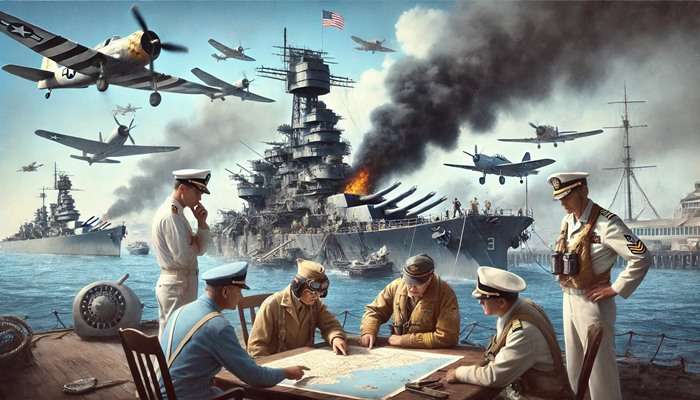
The Rise of the Aircraft Carrier: From Supporting Act to Center Stage
Before Pearl Harbor, battleships reigned supreme as the symbols of naval power. However, their vulnerability to aerial attacks was brutally exposed by the Japanese assault. In the wake of the attack, the United States embarked on a massive shipbuilding program, prioritizing the construction of aircraft carriers—floating airfields capable of projecting force over vast distances.
Iconic Carriers Forged in Fire:
Essex-class carriers: The workhorses of the Pacific War, these carriers boasted improved speed, armor, and the ability to carry over 100 aircraft. Their contributions to decisive battles like Midway and the Philippine Sea cemented their status as symbols of American naval dominance.
Revolutionizing Fighter Jets: The Pursuit of Speed and Agility
The Japanese Zero fighter, renowned for its maneuverability and firepower, had shocked American forces at Pearl Harbor. This spurred a rapid evolution in fighter jet technology, as the United States raced to develop aircraft that could outmatch their adversaries in speed, agility, and firepower.
Game-Changing Fighters:
F6F Hellcat: This rugged and powerful fighter surpassed the Zero in speed and firepower, earning a reputation as the “ace-maker” of the Pacific War.
F4F Wildcat: While slower than the Zero, the Wildcat’s ruggedness and maneuverability made it a formidable opponent in dogfights, earning it respect among pilots.
Harnessing the Invisible Shield: Radar’s Advancement
The failure of radar to provide adequate warning of the Pearl Harbor attack highlighted its critical role in modern warfare. The United States responded by investing heavily in radar research and development, leading to significant improvements in range, accuracy, and integration with air defense systems.
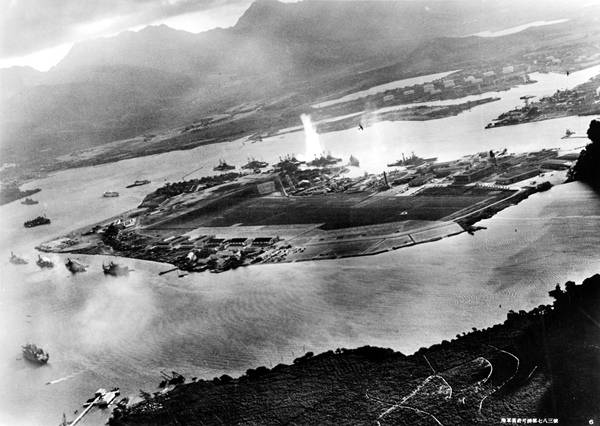
From Blind Spot to Eagle Eye:
Early warning systems: Enhanced radar networks enabled earlier detection of incoming threats, providing crucial time for defensive preparations.
Fighter guidance: Radar became a vital tool for directing fighter aircraft towards enemy targets, improving interception rates and reducing losses.
Pearl Harbor’s Enduring Legacy: A Transformation That Echoes Through Time
The attack on Pearl Harbor marked a turning point not only in the course of World War II but also in the evolution of naval warfare. The lessons learned from that day of infamy fueled a rapid advancement in aircraft carriers, fighter jets, and radar technology, forever altering the balance of power in the skies and shaping naval strategies for decades to come.
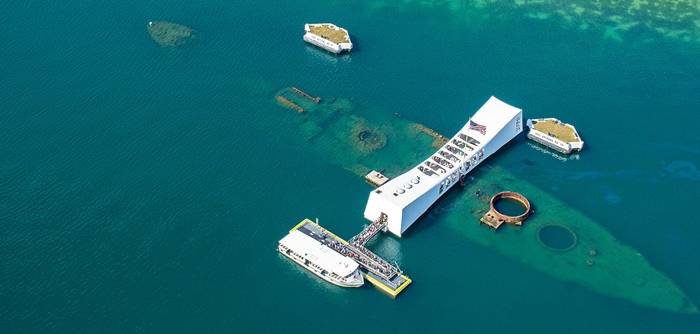
To do more detailed research on the Pearl Harbor incident and take a tour of the places that have now been turned into a museum, visit the “https://pearlharbor.org/” website.
Further Reading and Reference Links:
Featured image source: https://www.nationalww2museum.org/war/topics/pearl-harbor-december-7-1941
Aircraft Carriers:
The National WWII Museum: https://en.wikipedia.org/wiki/Pacific_Theater_aircraft_carrier_operations_during_World_War_II
Naval History and Heritage Command: https://www.history.navy.mil/index.html
Essex-class Carriers: https://en.wikipedia.org/wiki/Essex-class_aircraft_carrier
Fighter Jets:
The Warbirds Resource Group: http://www.warbirdsresourcegroup.org/
National Air and Space Museum: https://airandspace.si.edu/
F6F Hellcat: https://www.difesaonline.it/news-forze-armate/storia/i-caccia-della-us-navy-il-grumman-f6f-hellcat
F4F Wildcat: https://www.historynet.com/grumman-f4f-wildcat-us-navy-fighter-in-world-war-ii/
Radar Technology:
The American Radar Society: https://www.radars.org/
MIT Technology Review: https://en.wikipedia.org/wiki/MIT_Technology_Review
Pearl Harbor and Radar: https://m.youtube.com/watch?v=ZYzLXSjt_HE
Overall Impact:
Pearl Harbor and the Transformation of Naval Warfare: https://www.nationalgeographic.com/history/article/how-the-attack-on-pearl-harbor-changed-history
The Legacy of Pearl Harbor: https://www.history.com/topics/world-war-ii/japanese-attack-pearl-harbor-video
Pearl Harbor: World War II’s Defining Moment: https://www.nps.gov/valr/learn/historyculture/national-pearl-harbor-remembrance-day.htm
Documentaries:
“Dogfights”: https://en.wikipedia.org/wiki/Dogfights_%28TV_series%29 (Season 1, Episode 1: “Pearl Harbor: Day of Infamy”)
“The World at War”: https://www.youtube.com/watch?v=jg1QRPf4lS4 (Episode 14: “Pearl Harbor”)
“Battleground”: https://www.youtube.com/watch?v=A6po657e3Ok (Episode 13: “Pearl Harbor”)
